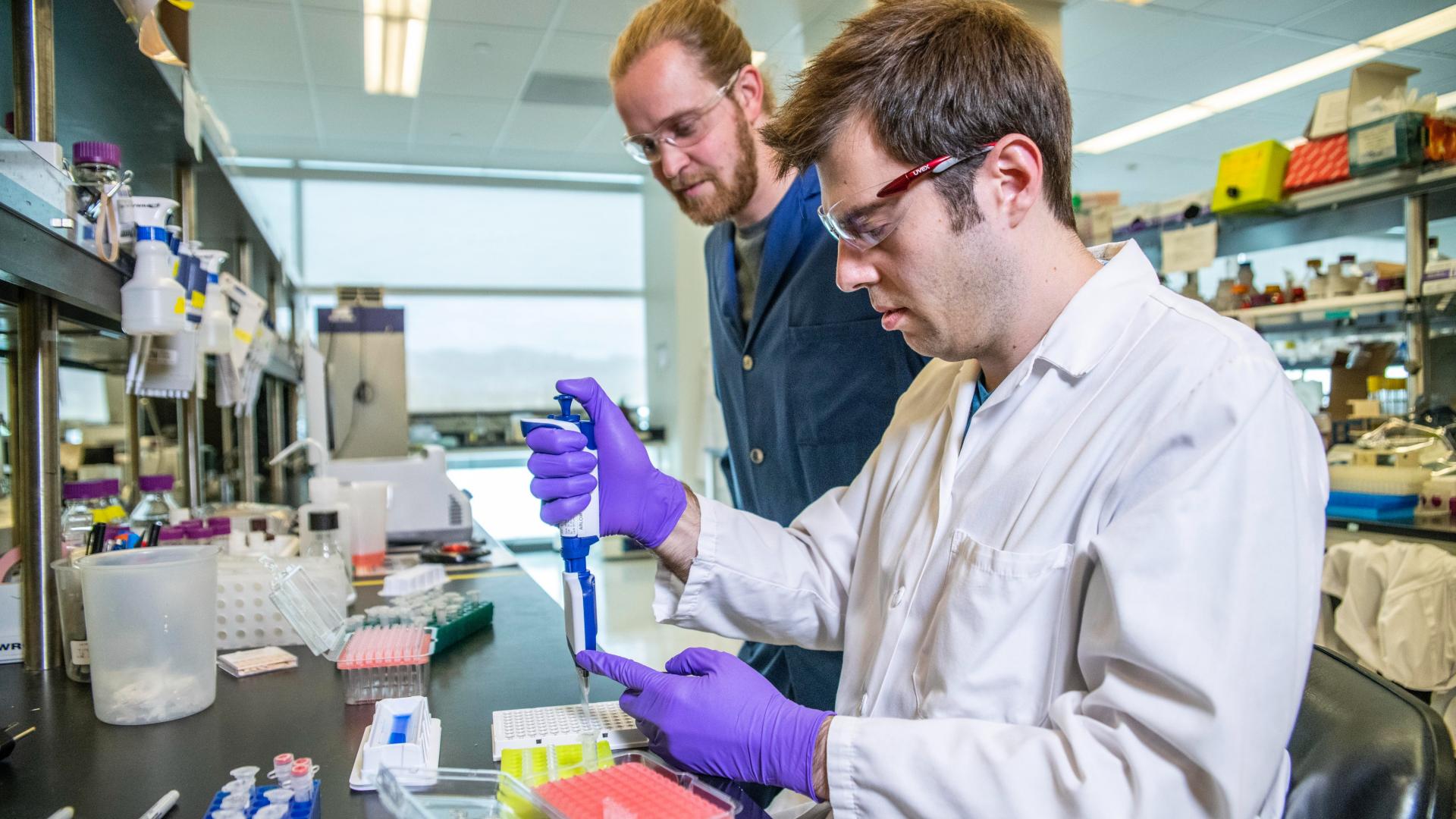Following a Discovery of Major Impact, Glaucoma Researchers Thank BrightFocus
Written By: BrightFocus Editorial Staff
Written By: BrightFocus Editorial Staff

It’s said that no scientific advances take place in a vacuum and that all discoveries are made possible by those who have gone before.
Another important factor for success is opportunity. For individual scientists, funding is one of the most important resources enabling him or her to carry out innovative research ideas.
So when their groundbreaking work appeared on the cover of Nature recently, the husband-wife research team of Bruce Ksander and Meredith Gregory-Ksander had people to thank.
The same day the article appeared, Dr. Ksander wrote to BrightFocus. “We’ve received significant support over the years from your Foundation, and I am absolutely certain this project would not have been possible without this generous support,” he acknowledged.
The publication detailed an extraordinary and as-yet untried approach to treating glaucoma that is being hailed as revolutionary. Harvard scientists have succeeded at genetically “reprogramming” cells to their youthful, undamaged selves as a way to restore vision loss from glaucoma as well as visual acuity losses that are normal with aging. The work was published late last year (Yuancheng Lu et al, Nature 2020).
Read our Research in Brief article about the discoveries.
Ksander and Gregory-Ksander have focused their careers on finding new treatments for glaucoma that go beyond intraocular pressure (IOP) control. Recently, he was co-investigator on a grant exploring a gene therapy approaches, and she has received two prestigious named NGR grants, in 2016-18 and her present award, from 2019-22.
Dr. Ksander expressed gratitude for the critical early support that set them on their current path, saying, “Meredith and I both got our start in glaucoma research from BrightFocus grants.”
Their latest foray into gene therapy discovery represents a collaboration among their own labs at the Harvard-affiliated Schepens Eye Research Institute and Massachusetts Eye and Ear Infirmary, and two others. The leader of the project was anti-aging guru David Sinclair, PhD, professor of genetics and co-director of the Harvard’s Paul F. Glenn Center for the Biology of Aging. The fourth collaborator, Zhigang He, PhD, is on the Harvard Ophthalmology faculty with Ksander and Gregory-Ksander, and has a lab based at Harvard’s F.M. Kirby Neurobiology Center.
These experiments, if successfully replicated, mark a revolutionary advance for vision diseases. Up ahead, the same approach could one day hold promise for other tissues and organs beyond the eyes, setting the stage for treatment of various age-related diseases in humans.
The project is a testament to innovation, visionary thinking, and the power of collaboration and shared knowledge. BrightFocus, through its donors, is grateful to have played a role.
BrightFocus Foundation is a premier global nonprofit funder of research to defeat Alzheimer’s, macular degeneration, and glaucoma. Since its inception more than 50 years ago, BrightFocus and its flagship research programs—Alzheimer’s Disease Research, Macular Degeneration Research, and National Glaucoma Research—has awarded more than $300 million in research grants to scientists around the world, catalyzing thousands of scientific breakthroughs, life-enhancing treatments, and diagnostic tools. We also share the latest research findings, expert information, and resources to empower the millions impacted by these devastating diseases. Learn more at brightfocus.org.
Disclaimer: The information provided here is a public service of BrightFocus Foundation and is not intended to constitute medical advice. Please consult your physician for personalized medical, dietary, and/or exercise advice. Any medications or supplements should only be taken under medical supervision. BrightFocus Foundation does not endorse any medical products or therapies.
Support Groundbreaking Glaucoma Research
Your support helps fund critical research that could prevent vision loss, provide valuable information to the public, and cure this sight-stealing disease.
Donate Today